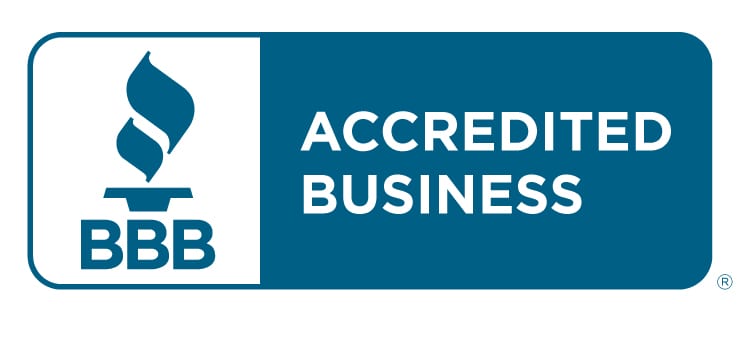
Do’s and Don’ts of Recession Marketing
Should you slow down your marketing in a recession? Probably not.
Most experts agree that continuing to market is the best to stay on course during an economic downturn. And history shows us that it may even be advantageous to ramp up your efforts and spending.
So what’s the deal? Here are some simple do’s and don’ts for marketing during a recession, with quick tips for keeping up your brand’s presence regardless of economic circumstances.
Why Marketing in a Recession Matters
While it might seem like you should tone down your marketing when people have less to spend, it’s actually the opposite that’s true.
Most businesses that thrived during previous recessions had one big thing in common: They took action and focused on growth instead of cutbacks. Doing so can be essential for staying afloat. It also puts brands in a much better position when things level out again.
Recession Marketing Do’s and Don’ts
While there’s no such thing as one-size-fits-all marketing if a recession hits, here are some general guidelines to help you weather the storm:
- DO look at your competitors: If you notice them either taking a step back or aggressively ramping things up, that’s a sign that an economic shift is on its way.
- DON’T keep the same messaging: A recession likely means a change in your customers’ objectives, budgets and sales journeys. Adjust your value proposition to represent these changes and stay in line with what your customers want and need.
- DO deliver more value: Delivering more real and perceived value is important for showing customers that you’re worth making room in their budget for.
- DON’T worry as much about acquisition: Retention and activation are where it’s at during a recession. Worry less about marketing toward new customers and more about engaging with current ones and offering them an exceptional experience.
Need help preparing for the future? Get in touch and let’s chat.





